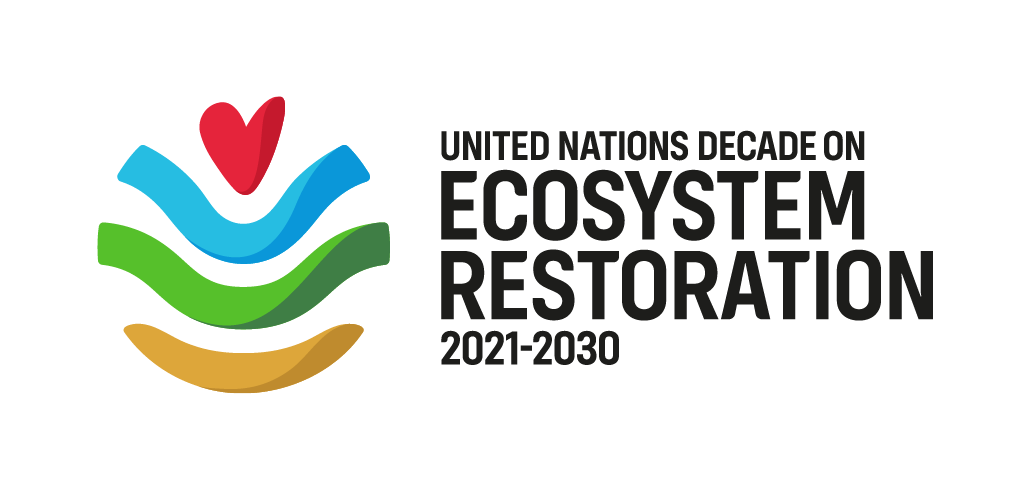The Peró coastal region, situated along the pristine Atlantic coast of Brazil, has long captivated the hearts of tourists. With its breathtaking vistas and pristine stretches of golden sand, it has become an attractive tourist destination. However, over the years, the influx of tourists has spurred the construction of more accommodations, residential complexes, and infrastructure, progressively encroaching upon the fragile coastal ecosystem. The sandbank vegetation areas, a vital component of this coastal landscape, have suffered the most from human pressures, further exacerbated by the speculative surge in real estate ventures and the expansion of livestock farming.
In response to these challenges, the Peró Residents Association, and the Veiga de Almeida University initiated a sandbank restoration project at Peró Beach with the support of the Blue Flag Peró site managers. The Blue Flag Programme and the Instituto Ambientes em Rede (IAR) have always encouraged Blue Flag-awarded sites to work in cooperation with local institutions to promote the preservation of areas surrounding awarded sites. This story from Peró Beach highlights the opportunities to engage local communities with environmental conservation and education by bringing together undergraduate students, professors, biologists, and technicians from Veiga de Almeida University (UVA) as well as public authorities.
Students surveying the study area.
The project began with a comprehensive survey of the study area guided by a biologist. Soil samples were collected and analysed for moisture content, organic matter content, FE³+ ion content, pH, and potassium and phosphate levels. Based on the findings, the team divided the study area into three distinct quadrants:
· Quadrant 1 received a combination of sewage plant sludge (solid material remaining after the wastewater treatment process, typically consisting of organic and inorganic matter), landfill, and plant litter.
· Quadrant 2 was treated with silt from a sewage plant, cake, and plant litter.
· Quadrant 3 served as the control group and received only a single layer of landfill.
The landfill and plant litter (e.g., dry leaves) used in the experiment were sourced from the surrounding area.
Division of the study area into three quadrants.
Dry leaves to retain soil moisture.
In the initial phase of the study, legumes such as Phaseolus vulgaris (black beans) and Cajanus cajan (pigeon pea) were sown to facilitate nitrogen fixation. In the subsequent phase, native fruit-bearing plants like Myrciaria guaquiea (Guaquica) and Eugenia uniflora (pitanga) were planted to attract arthropods and birds, thereby enhancing the local food chain. Native plants were chosen for their symbiotic relationships with local fauna, as they produce fruits and seeds that are highly attractive to wildlife.
Regular monitoring was conducted, with the students measuring bean sprout monthly growth and weekly visits to the study area to document plant development through photographic records. Despite meticulous planning and execution, unforeseen challenges emerged during the project. An anthill encroached upon Quadrant 2, but the students successfully mitigated it using coffee grounds. However, the final setback was posed by domestic cattle, which, due to the inability to build a protective fence, freely entered the quadrants. These cattle consumed the newly developed leaves of the sprouts and trampled the ground, ultimately forcing the research to conclude in November 2021.
Soil samples laboratory analyses from the three distinct quadrants.
Overall, the project showcased the possibility of restoring degraded areas by stimulating biogeochemical processes without relying on chemical fertilizers. The addition of silt and sludge improved soil quality, particularly in Quadrants 1 and 2, where potassium and phosphate levels increased. The presence of arthropods attracted birds, further enhancing ecosystem processes. Additionally, the presence of dry leaves helped retain soil moisture and shield it from intense sunlight.
Despite its challenges, this project not only offers insights into a cost-effective approach to sludge management but also holds the promise of a method for restoring degraded sandbank vegetation areas. Moreover, involving students, provides an educational opportunity for the next generation of nature restorers, fostering students’ scientific and environmental observation skills.
Instituto Ambientes em Rede (IAR), acts as a FEE Member Organisation in Brazil. This partnership has facilitated the implementation of environmental education initiatives such as the Foundation for Environmental Education’s renowned Blue Flag programme, which raises awareness about marine and coastal environmental protection and awards of beaches, marinas, and tourism boats that comply with relevant criteria set on environmental education and information, safety and services, water quality, environmental management, social responsibility, and responsible operations around wild animals.
To explore IAR's extensive work with conserving natural ecosystems and promoting socio-cultural development through environmental citizenship visit its site here. For more information about the UN Decade on Ecosystem Restoration and opportunities for involvement, please visit the following link.
This article is part of our UN Decade on Ecosystem Restoration series, which highlights the projects and activities of FEE members that contribute to the UN Decade.







